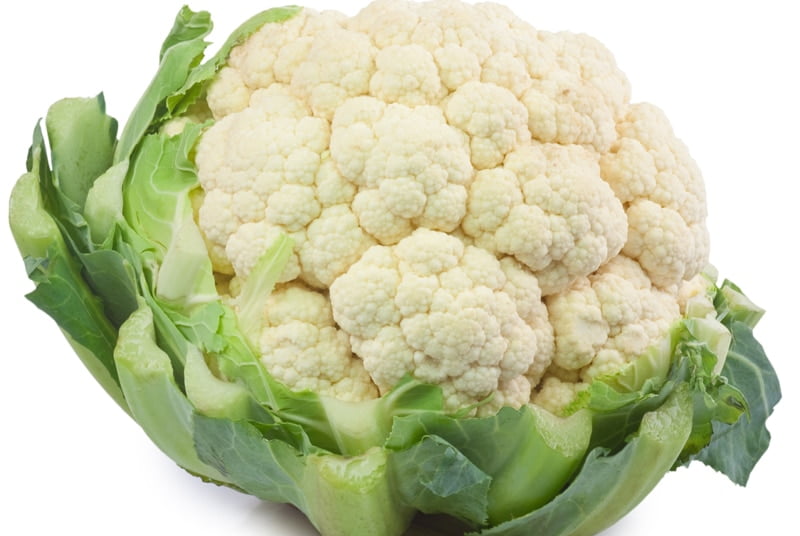Todos hemos sido testigos de las tendencias alimentarias (excelentes y no tan excelentes) que van y vienen, y con la última explosión de interés en todo lo relacionado con la comida, las tendencias se están acelerando e incluso se están ramificando en subtendencias de tendencias. Debido a que Snapchef trabaja con muchas docenas de establecimientos de servicio de alimentos de todas las formas y tamaños, mantenemos un pico único dentro de las cocinas que están a la vanguardia del movimiento de alimentos. En esta primera de una serie en curso, destacamos algunas de las principales tendencias alimentarias que creemos que tendrán poder de permanencia. Aquí están los primeros cinco que hemos identificado. Cuéntanos lo que piensas, comparte con tus amigos y comencemos una conversación.
- Sustainable seafood
Well, admittedly, this is an obvious one – but one worth mentioning first. Due to overfishing, fish populations are being depleted to dangerous levels. That’s why consumers are increasingly demanding more information about the fish they eat. At Snapchef, we’ve been vocal proponents of responsible, sustainable seafood since our inception in 2002 – and actively promote under-utilized fresh New England seafood species. - Fermented foods
Not onto this trend yet? Be on the lookout. As scientists learn more about the health benefits of fermented foods, their popularity continues to rise. The good bacteria found in fermented food may improve digestion and boost your immunity . . . even improve our mental health. Some more common fermented foods include kimchi (fermented cabbage), kefir (fermented milk product), pickles, sauerkraut and tempeh (fermented soybeans). - House-made condiments
Making your own condiments is an easy way to set your food dishes apart, make a splash and stretch your culinary creativity. From an almost endless variety of special dipping sauces to house-made ketchup, we expect this trend to stick around for a long time. - Products made from byproducts
With roughly one-third of food produced for human consumption every year wasted, it’s not a surprise that chefs are figuring out new ways of using byproducts that used to be thrown out. Berries that have gone by can be used to make jams. Vegetable scraps can make flavorful broths. And the whey leftover from making cheese can be used in healthy smoothies or even for fermenting foods. - Cauliflower
Yes, cauliflower. This versatile vegetable is appearing on more menus across the country. You can whole roast it, rice it and make fried “rice,” cut it into cauliflower “steaks,” or fry and serve it with a house-made dipping sauce.


